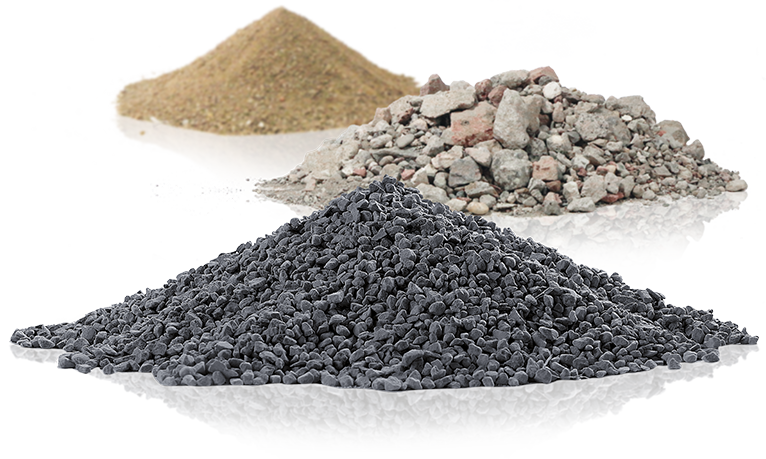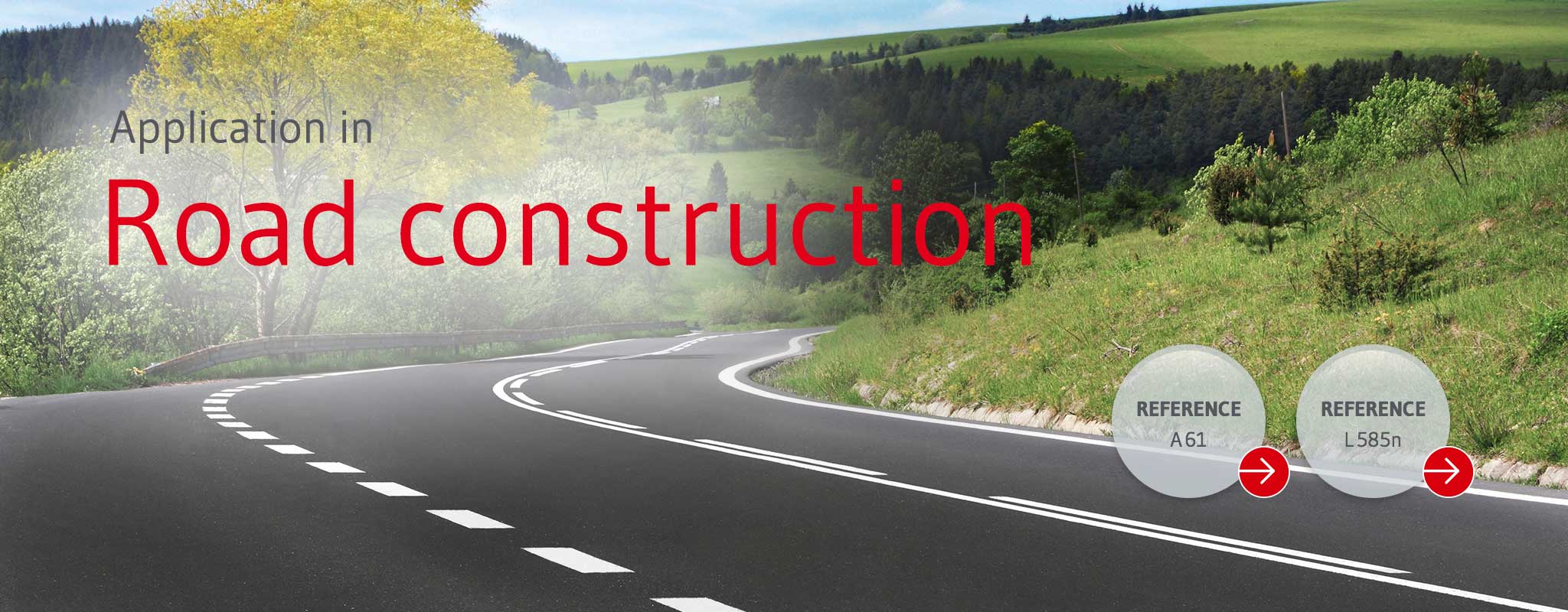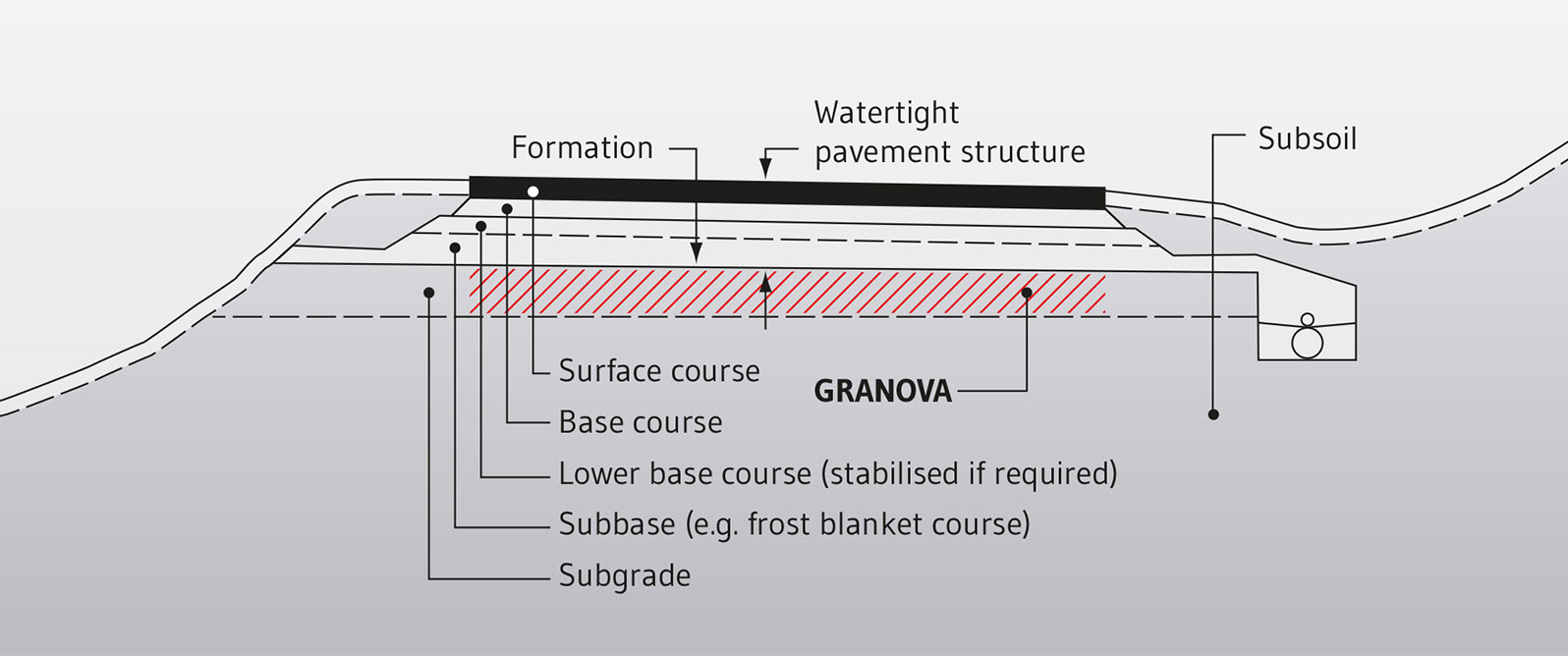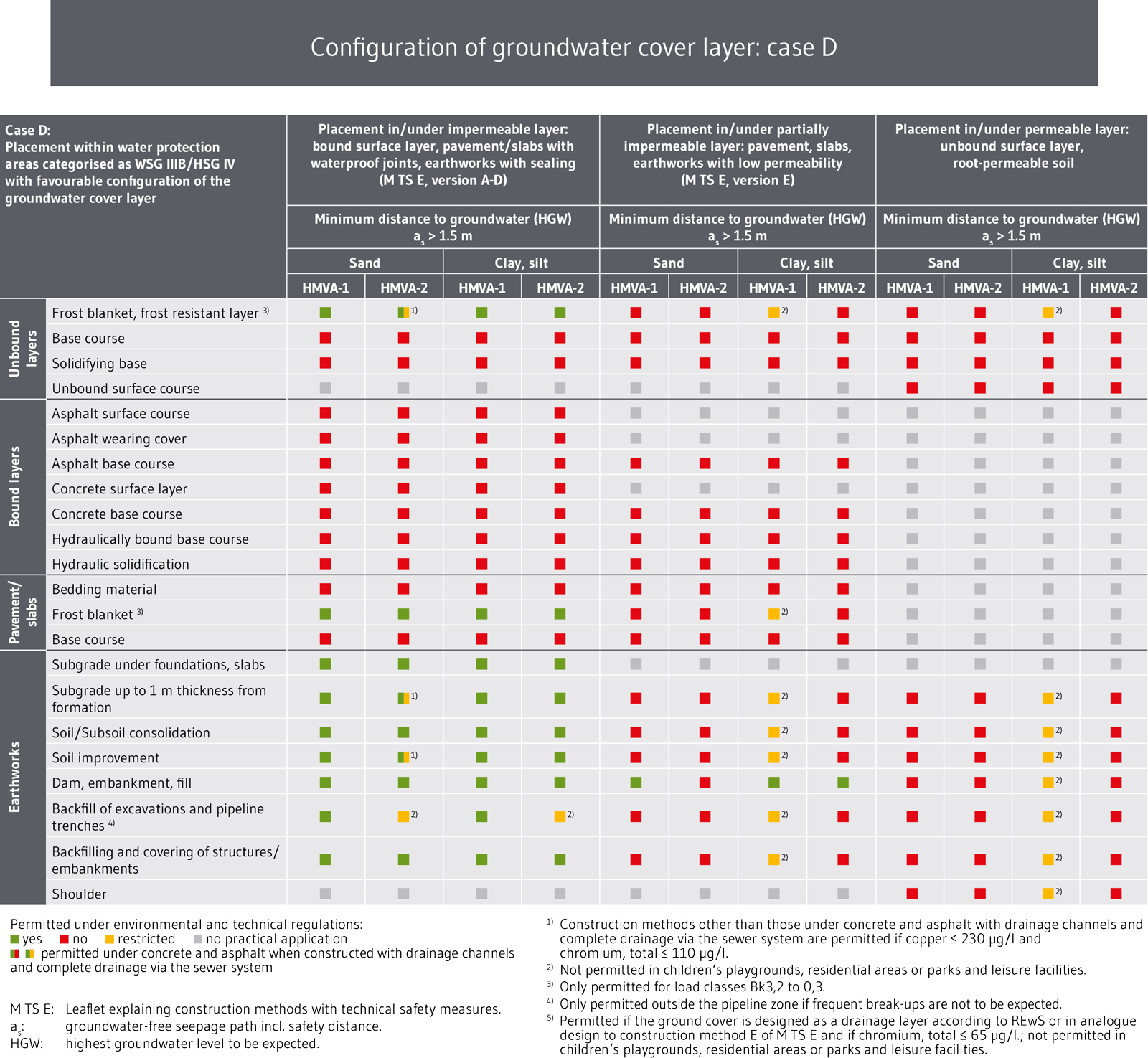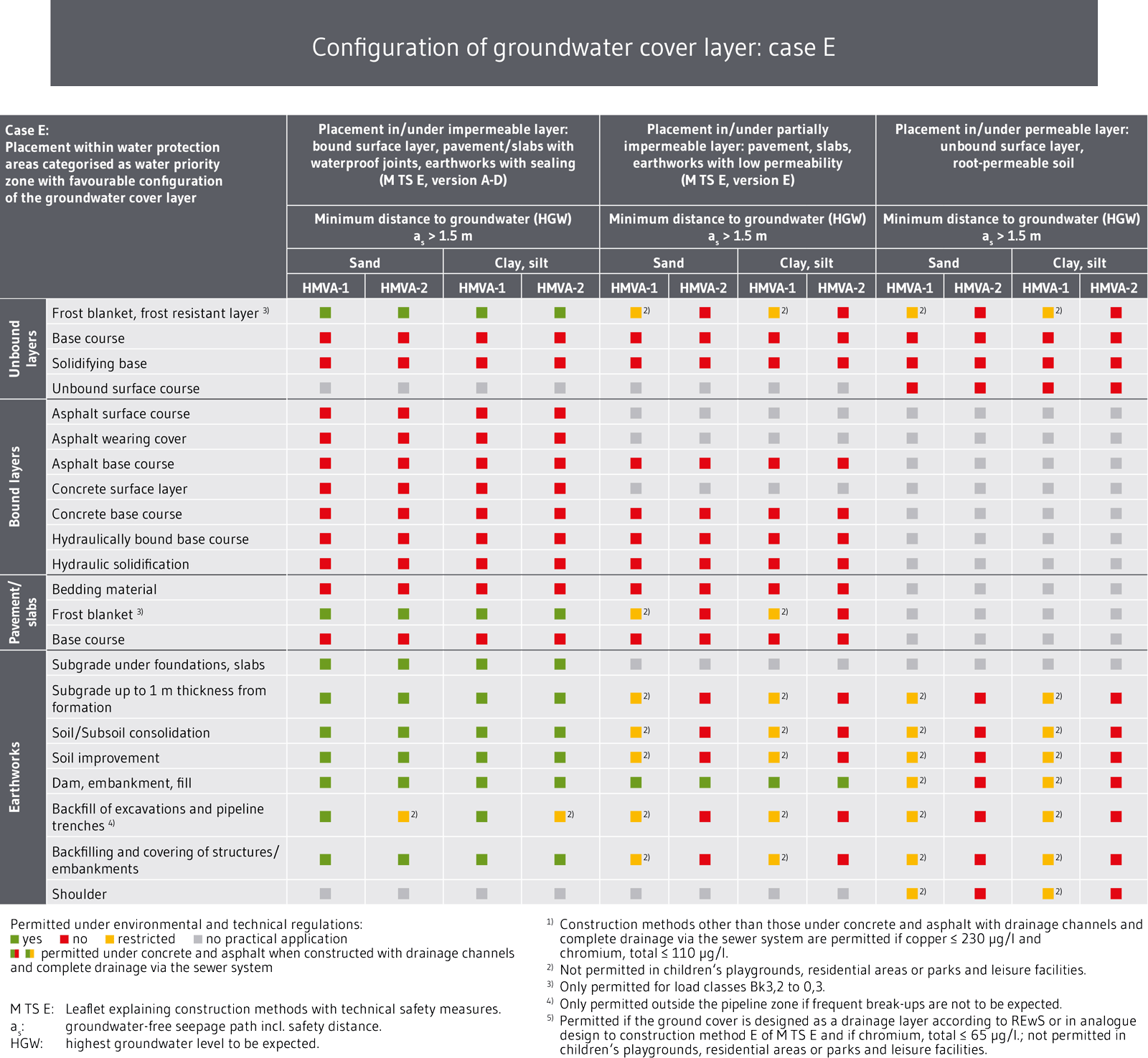Primary and secondary aggregates: a perfect match
As a matter of principle, product-neutral tendering is stipulated in the relevant procurement regulations. Fact is, that due to added environmental specifications, the possible use of secondary aggregates is limited compared to primary materials Environmental conditions, technical requirements and the type of execution are influencing factors that have to be assessed in the tendering phase of each project. Due to the time and effort involved, tendering bodies tend not to formulate tenders in a product-neutral manner, so that only primary materials are permitted, and thus, execution with secondary raw materials is excluded.
But if the appropriate conditions are met, construction with secondary aggregates is just as safe and an economically interesting alternative to conventional construction with primary aggregates. Those who decide to use substitute building materials – often in combination with primary building materials – demonstrate commitment to reuse, resource conservation and climate protection.
